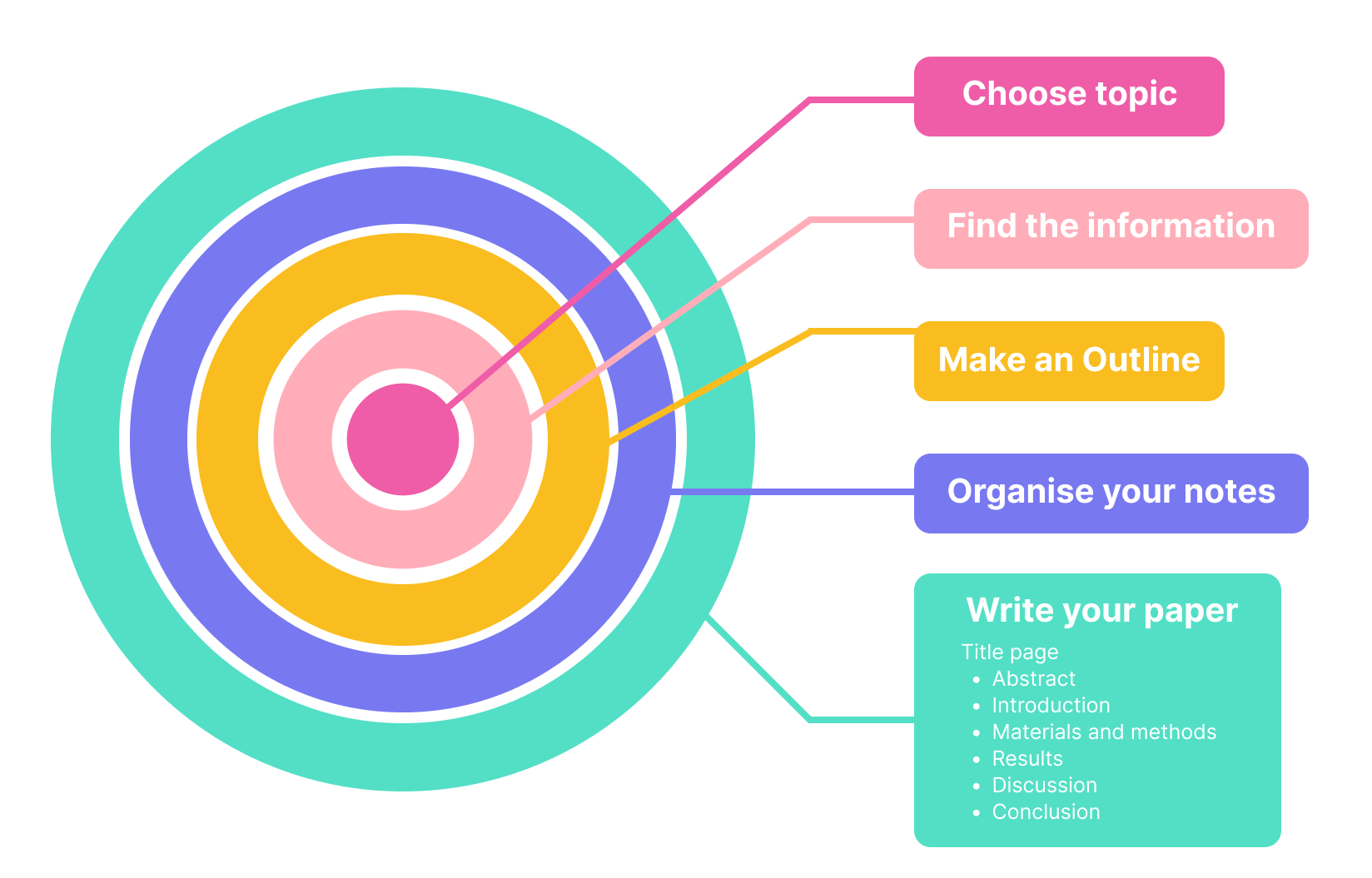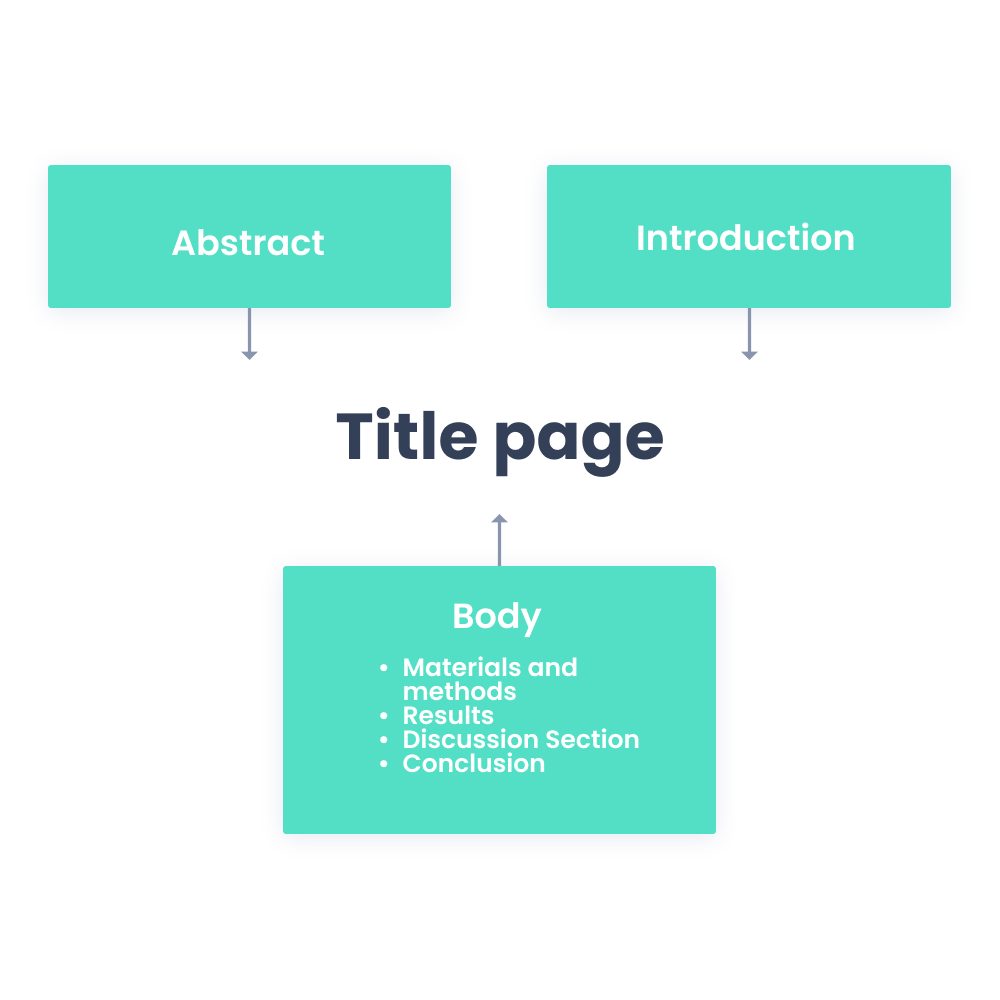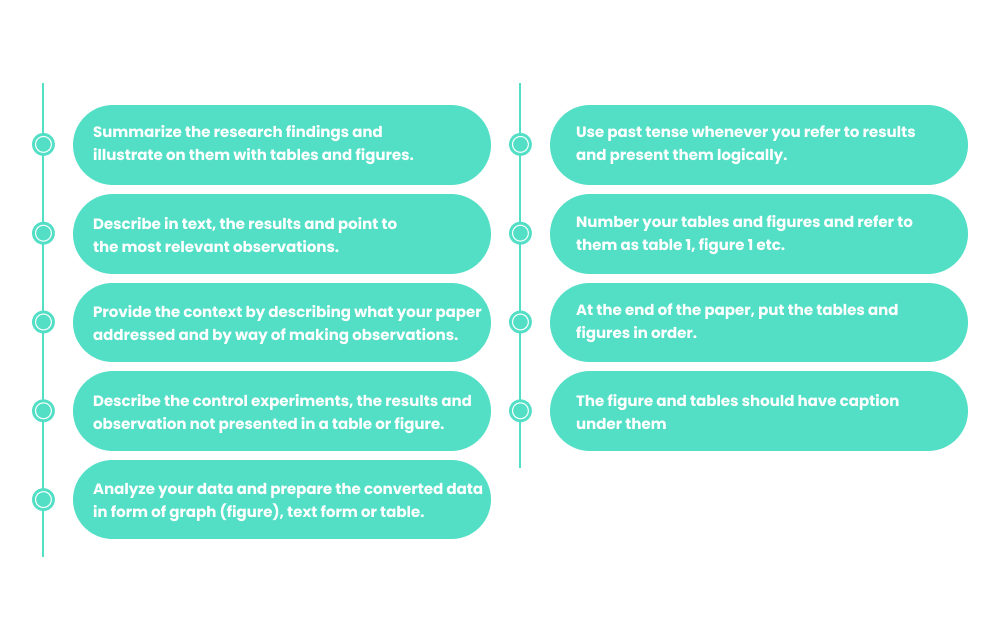- Writing a discussion essay, is it easy? What should one look out for? Find how to deliver such essay properly
- Best strategy to write an assignment. This is how we write it at Academic-Paper.
- How to write an essay that scores well
- Writing a dissertation, main aspects to remember. Core rules & points
- Comprehensive guide for writing a coursework
- What to count for while writing a research paper?
- Tips and advice on writing a great thesis
- Common strategies and mistakes while writing a personal statement
What to count for while writing a research paper?
To achieve perfection or excellence in a research paper, you need to believe that you have all nececessay skills, ability and get all the reading material to write it successfully. It is important to understand that when people read your paper, they may just be interested in the abstract, introduction, methodology, results, interpretation or a summary of the paper. For this reason, you should always ensure your paper is well researched and perfect in every aspect. We can split the writing procedure for the research paper writing into five main to achieve an A+ research paper:

Choosing a topic
Here we go! Let’s choose the topic for your research paper. The topic you choose should interest you, arouse your attitude and challenge you. It should be noted that your enthusiasm and the amount of effort you put into the paper depends on the attitude you have towards the paper. You should also narrow down your topic and focus on a limited aspect. It is also important to ensure you obtain the teacher’s approval before embarking on researching the topic. When selecting a topic, ensure it is on a manageable subject. Avoid selecting a subject that either has a very narrow range of sources, too learned, technical or specialized.
Finding the Information
You should surf the internet for general or background information. Use search tools and other search engines to search information. Ensure you use reliable domain names that represent institution such a .gov (government), org (non-profit organization), or .edu (educational institution). However, when dealing with government sites, ensure you avoid political bias. Also be wary of .com (commercial) sites and personal home pages. Most of commercial sites contain adverts, while the quality of personal home pages varies greatly. Check out on online reference materials, Wall Street executive libraries, index to newspapers and periodicals, encyclopaedias, journals and magazines, and newspapers. You should also check out on print materials including magazines, newspapers, government publications, reports and guides, AV Catalogs, Atlases and Almanacs.
Jot down bibliographical information of the authors including their names, title of the source, publisher, place of publication, publication date, page numbers, the URLs, modification or creation dates for the Web page, and the date you accessed the source.
State your thesis
After collecting information, write down the thesis statement. This is a statement that declares your belief. You essay will have arguments that supports and defends this thesis.
Make an Outline
Your outline should consist of the following sections: abstract, introduction, body and conclusion.
Organize your notes
When you finish grouping the information you obtained go further into the next step of organizing your notes according to the outline. Use the best sources to critically analyze data collected. Ensure you note the supporting views as well the opposing views and use them to support your thesis. You should sort, analyze, synthesize and digest the collected information. You should also communicate to others your insights, ideas, and thoughts.
Write your Research Paper
Follow the following structure to write your draft:

Title Page
Select a title that is informative. Include the author’s names, address, and date of submission.
Abstract
It should be brief and concise. It should not exceed 200 words. Remember summarising the main points of the work in progress or completed work. By reading your abstract, the reader should easily get the rationale behind your study, your general approach to a problem, results and conclusion reached.
Writing an abstract
Abstract summarizes what has been written in your paper. As such, it should be written after you have completed your paper. Economize words when writing this section, but ensure you use complete sentences to avoid compromising readability. Word your sentences to make them serve more than a single purpose. Include the following in the abstract: purpose of the study (hypothesis, objective and the overall question), model system or organism and a brief description of the study, results (specific data for quantitative studies), and important conclusions. Don’t forget that this part should be written in past tense.
Introduction
The general intention of writing an introduction is to make acquaint the reader with the rationale behind the study and to defend the rationale. You should use the introduction to put your research in a theoretical context, and make the reader understand and appreciate the objective of your paper. Describe the significance (importance) of your study indicating its relevance and what informed you to do the research. Defend the model and indicate to the reader what informed your decision to use a particular system or organism, and the advantages of the system. You can comment on the suitability of the system or organism from the theoretical perspective and show practical reasons for choosing it. State your objective or hypothesis and provide the rationale, and describe the reasoning behind your selection. Briefly describe study design/experimental design and indicate how it helped you accomplish the stated research objectives. Always use past tense unless you are referring to the already established facts. Organize your ideas into paragraphs with a point for each paragraph. Approximately two pages should be enough.
Writing an Introduction
You should clearly state the purpose and the thesis of your research paper. Indicate the main reason of writing your paper, your approach to the topic, whether it is a book review, an analysis of an issue, a comparison, or a factual report. Briefly explain the key points you intent to cover and why the topic is interesting for the readers.
Body
The argument for supporting the thesis statement should be presented in this section of the paper. For each position taken, ensure you find supporting arguments. Start with a strong argument followed by a stronger point and end the paper with the strongest argument. For a research paper, the body should consist of material and methods, results and discussion.
Materials and methods
This section has no page limit. However, the general concept is to ensure the section is as brief and concise as possible. Readers often read this section selectively. Some readers are only interested in a procedure or the formula used.
Writing the Material and method section
Main part of this article section is to document the general procedures and specialized materials used. Describe the materials; include specialized materials or chemicals. Limit the description to supplies or equipments that are not found commonly in the lab. If there are specific types of enzyme, equipment of culture, ensure you single them out. Report materials used in a separate paragraph or along with the procedure. Report the methodology used while completely describing it including specific group of procedures. Use third person passive voice when writing the method used.
Results
The core point in this section is to analyse your findings and to illustrate on them. This section should be limited to objectively reporting the findings. You should avoid interpreting the results. Be concise by using tables and figures. The amount of pages is dependent on the type and amount of data reported.
Writing Result section
Avoid presenting the intermediate calculation or raw data, and present them in the appendix. Follow the following procedure when writing results:

Discussion Section
While writing the discussion section demonstrate the interpretation of the results, and support the conclusion made. You should use evidence from the experiment and the generally accepted knowledge. You should also describe clearly the significance of the findings.
Writing a Discuss section
Start interpreting your results. Whenever you explain an issue, ensure you describe the mechanism accounting for the given observation. In cases where results differ from what was expected, you should explain why it happened. In the case where the results agree, you should describe the theory supporting the evidence. Avoid simply stating the data with expectations. Choose if you want the hypothesis to be supported or rejected. Avoid dismissing a study as inconclusive. Draw the conclusions basing on the results and treat the work as completed work. Suggest future directions. For instance, how can the experiment be modified in order to reach another objective. Explain all the observations while focusing on certain mechanisms. Decide whether the experimental design used adequately addressed the research question and whether it was controlled appropriately. Offer alternative explanations and reasonable alternatives. Suggest another study to address issues that were not addressed and make recommendations for the next paper. Always use past tense when referring to work done by individuals. For accepted facts and principles, use present tense.
Conclusion
Reword or restates your thesis. You should summarize your arguments and explain why you arrived at this conclusion.